Directive 20 of the Prime Minister issued on July 12, 2025 clearly stated the serious pollution situation in many localities, especially air pollution in large urban areas, water pollution in densely populated areas, craft villages, production, business and service establishments. In Hanoi alone, the level of air pollution at certain times is among the highest in the world , and the water quality of inner-city rivers has exceeded the permissible limit for many consecutive years.
In the context of environmental pollution threatening public health, the Prime Minister has proposed a system of specific solutions for each sector and each level of government, linked to implementation timelines and responsibility control mechanisms. One of the key orientations of Directive 20 is to control the increase in personal vehicles in large cities, promote the development of public transport and environmentally friendly vehicles.
According to Directive 20, Hanoi must promptly implement strong measures to reduce emissions from traffic and deal with urban environmental pollution, with a specific roadmap until 2030. Specifically, from July 1, 2026, Hanoi must ensure that there are no more gasoline-powered motorbikes and scooters circulating in the beltway 1 area. From January 1, 2028, along with the ban on gasoline-powered motorbikes, private gasoline-powered cars will also be restricted from operating in beltways 1 and 2; by 2030, the restricted area will be expanded to beltway 3.
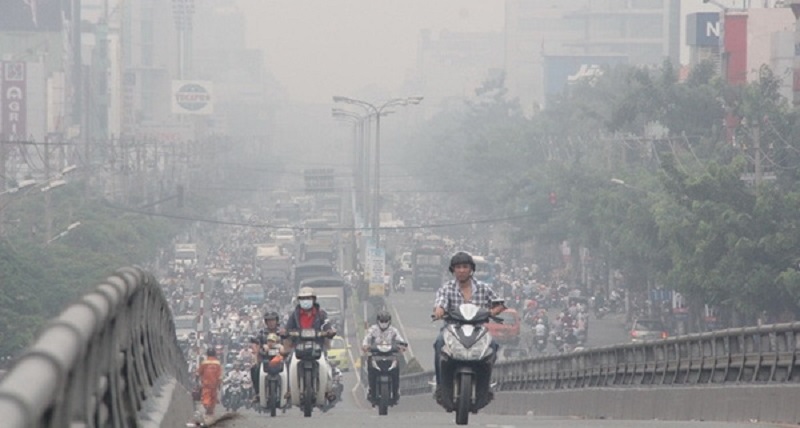
According to statistics from the Hanoi Department of Construction, by the end of April, the city had more than 8 million vehicles, including more than 1.1 million cars and more than 6.9 million motorbikes. In reality, this number may be even higher, not to mention the number of vehicles of people from neighboring areas entering Hanoi for business and trade every day. Of which, gasoline-powered motorbikes are mostly owned by freelancers, workers, students, traders and transport service providers. For many people, motorbikes are not only a means of transportation but also a working tool and a valuable asset, equivalent to 3-6 months of income, or even more.
Mr. Nguyen Van Thanh, former Chairman of the Vietnam Automobile Transport Association, stated: This is not a policy of Hanoi alone, but a step to implement the Prime Minister's directive. Before the international community, the Prime Minister affirmed Vietnam's commitment to achieving net zero emissions. Therefore, limiting gasoline motorbikes is a correct and necessary policy.
Vietnam is undergoing rapid urbanization and motorization, leading to increased traffic congestion, air pollution and greenhouse gas emissions, especially in large cities like Hanoi. Transport is a key sector of the economy but is also a major cause of emissions and environmental pollution, accounting for about 20% of total national emissions. To promote green transport development, the Prime Minister previously issued Decision 876/QD-TTg approving the action program on green energy conversion, reducing carbon and methane emissions in the transport sector, aiming for net zero emissions by 2050.
Implementing the Prime Minister's direction, many localities have also issued green transport development projects, with clear goals and roadmaps. Hanoi City has issued a decision on implementing the "Project to develop a public transport system using buses using electricity and green energy in the area", which sets the goal: By 2025, the conversion rate of buses using clean energy will reach 5% and by 2035, the conversion rate of vehicles using electricity and green energy will reach 100%...
Green transportation conversion is an urgent requirement, an irreversible trend and this trend has helped change the habits and awareness of many people. In Hanoi, one proof is the increasing number of people going to work and to the office by public transport (bus, train, etc.). Ms. Thu Huong, who lives in Trung Van ward (old), now Thanh Xuan ward, Hanoi, said: For the past 2 years, her husband and she have given up their gasoline motorbikes and switched to taking the bus. Ms. Huong's company is near Hoan Kiem Lake, and her husband's office is near Giap Bat bus station, so her family chooses to take the bus as the optimal choice. Every day, both going and coming back, the couple travels about 40km on the bus, if they go by motorbike it will be very tiring, costly and also risky.
“There was a day when I sat on the bus and looked at the city covered in dust and smoke. The thin mask did not help the motorbike rider block the dust and smoke. Not to mention the traffic jams during rush hour, the air was extremely stuffy. But sitting on the bus, I felt much safer. I always wished that if buses or public transport covered the whole city, how great it would be,” said Ms. Thu Huong.
Also a “fan” of buses, Ms. Hong Ngoc, who lives on To Huu Street, Dai Mo Ward, Hanoi, shared: “For the past five years, my children and I have been going to school and work by bus. The most obvious benefit is that my chronic sinusitis has improved a long time ago. Before riding a motorbike, I had a relapse of this fatigue almost every month.”
According to information from the Hanoi Transport Corporation, in the first 6 months of the year, the unit operated 1,611,337 buses, equal to 95.7% of the plan. The total passenger volume reached over 125 million passengers, an increase of 6.5% over the same period last year and accounting for over 56% of the total passenger volume of the network, of which monthly ticket volume increased by more than 9% over the same period in 2024. According to a survey by the Hanoi Traffic Management and Operation Center at the end of 2024, after 3 years of putting electric buses into operation, the city reduced 41,000 tons of CO2 emissions, equivalent to planting more than 1.9 million trees. The survey also showed that up to 90% of passengers in the capital are satisfied with electric buses.
When receiving the information that gasoline-powered motorbikes will soon be banned from circulating in the first ring road, many people are still hesitant. However, when mentioning the issue of air pollution that is seriously threatening public health, causing many diseases, many people said that they still choose the "green - safe" living option. That is the way to protect the race, for the future of our children.
Mr. Hoang Duong Tung, Chairman of the Vietnam Clean Air Network, said that through monitoring data over many years, we have seen that the air quality in the inner city, especially Hanoi and other big cities, is seriously deteriorating for many days and months, and especially from October of the previous year to April of the following year, in winter, the AQI air quality index is red, purple and then brown for many days. Another concern is that this trend tends not to decrease but to increase over many years. "Environmental pollution is a hot issue in Hanoi, in Hanoi's inner city," said Mr. Hoang Duong Tung.
Faced with the situation of environmental pollution, including air pollution, which is directly threatening public health, in early 2025, the National Assembly Standing Committee gave its opinion on the National Assembly's thematic supervision outline on "Implementation of policies and laws on environmental protection since the Law on Environmental Protection 2020 took effect". This is the National Assembly's supreme supervision topic in 2025, and it is expected that 4 working groups will directly supervise from the end of June to before July 31 in 15 localities, including Hanoi. It is expected that the monitoring results report and draft resolution on thematic supervision will be submitted to the National Assembly at the 10th session.
From the perspective of a health worker, Associate Professor, Dr. Nguyen Van Son, Deputy Director of the Institute of Occupational Health and Environment, Ministry of Health, assessed that air and environmental pollution seriously affects public health as well as life, especially in large cities like Hanoi. Pollutants include PM2.5 dust, which affects the respiratory system, especially causing or severely affecting people with diseases such as asthma and other respiratory diseases, especially children, the elderly and pregnant women.
According to a report by the Hanoi Department of Agriculture and Environment: 56.1% of the causes of air pollution in Hanoi come from about 7 million motorbikes that have not been controlled for emissions (of which Ring Road 1 alone has about 450,000), 800,000 cars running on gasoline, along with road dust due to tire friction... From the above reality, experts emphasize that "a green transformation push is needed" to solve the pollution problem in Hanoi.
Ring Road 1 - key low-emission area of the Capital
Beltway 1 is defined as a closed route through the following routes: Tran Khat Chan - Dai Co Viet - De La Thanh - Buoi - Cau Giay - Vo Chi Cong - Nghi Tam - Yen Phu - Tran Quang Khai. The total perimeter of the route is about 25km, the area is about 31km², of which West Lake accounts for about 5.2km². Beltway 1 passes through 9 new wards (after rearrangement), including 6 full wards: Ba Dinh, Ngoc Ha, Hoan Kiem, Cua Nam, Van Mieu - Quoc Tu Giam, Hai Ba Trung and 3 partial wards: Tay Ho, O Cho Dua, Giang Vo. The population in the area is about 600,000 people. There are currently nearly 450,000 motorbikes owned by people in the area. In the whole city, the total number of motorbikes is about 6.9 million.
Source: https://cand.com.vn/Giao-thong/nguoi-dan-dang-dan-thay-doi-chon-song-xanh-an-toan-bai-1--i775420/


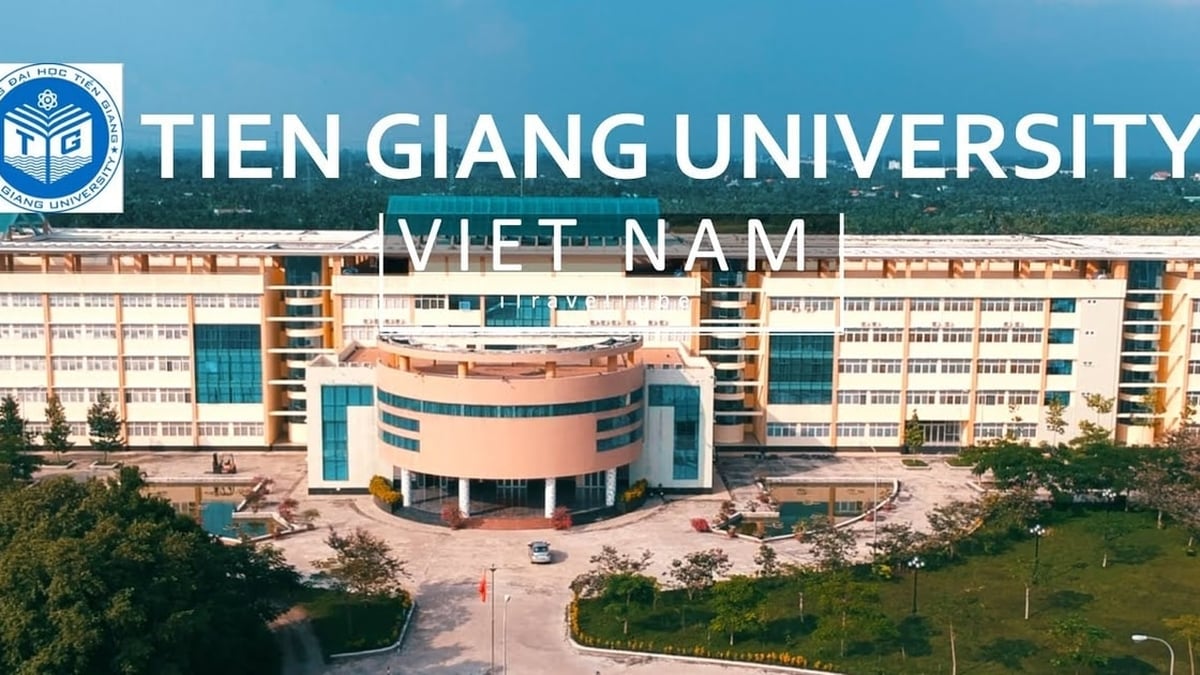
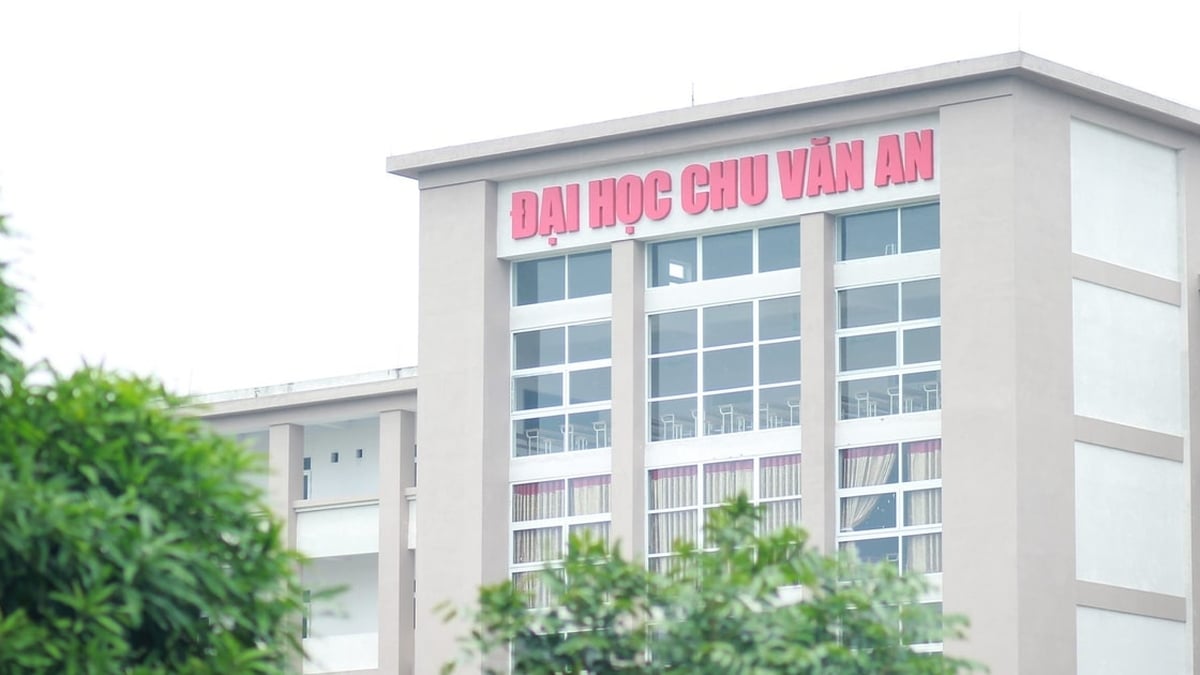
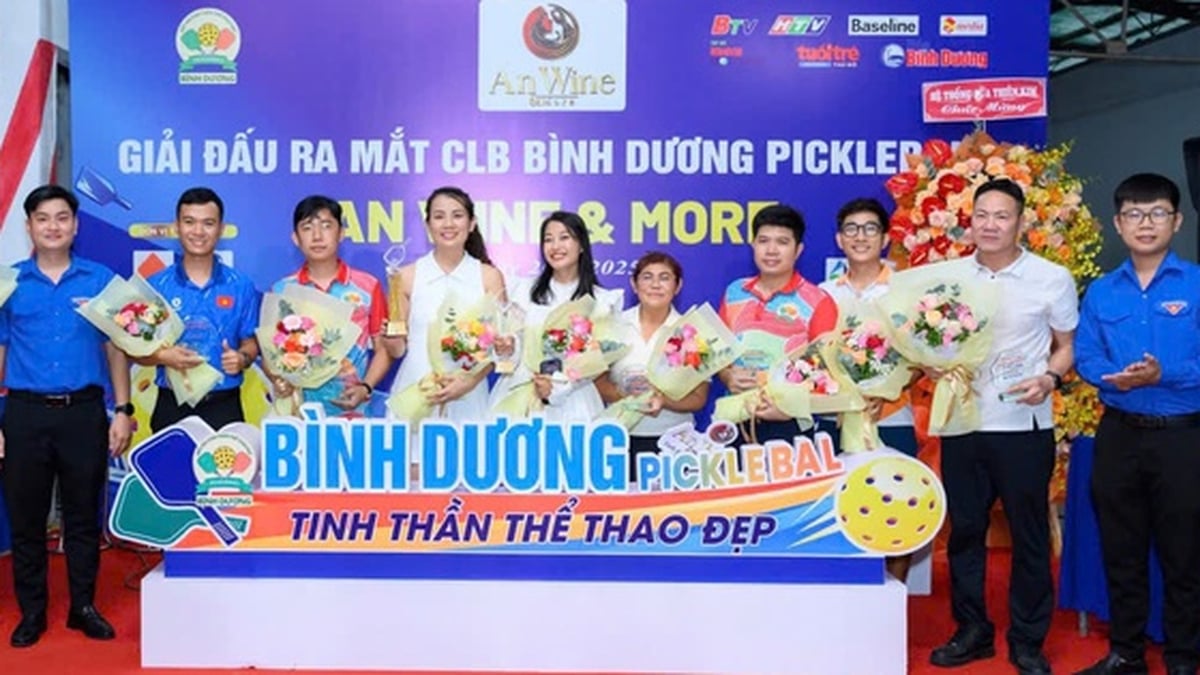
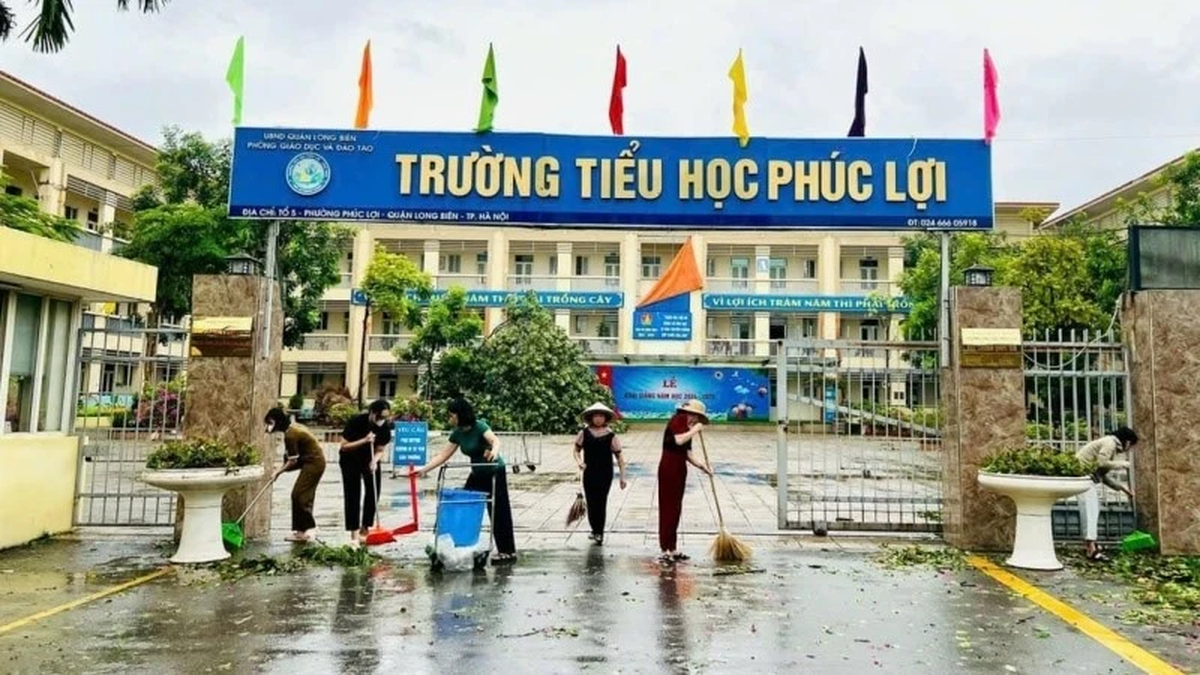
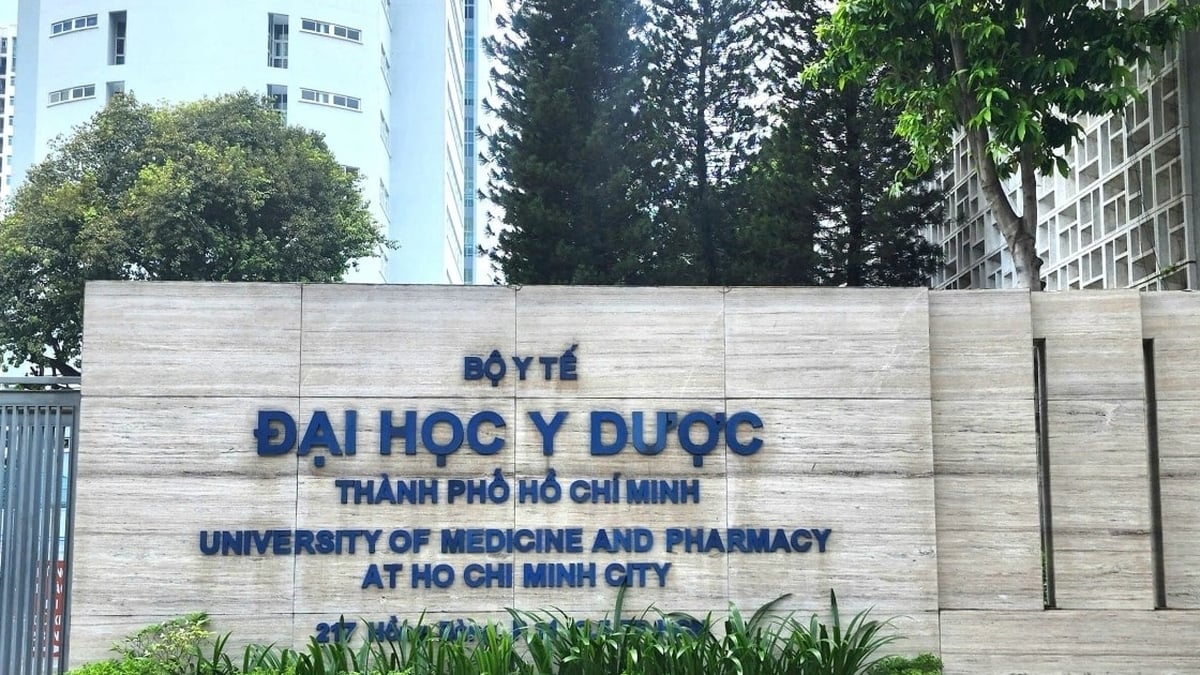

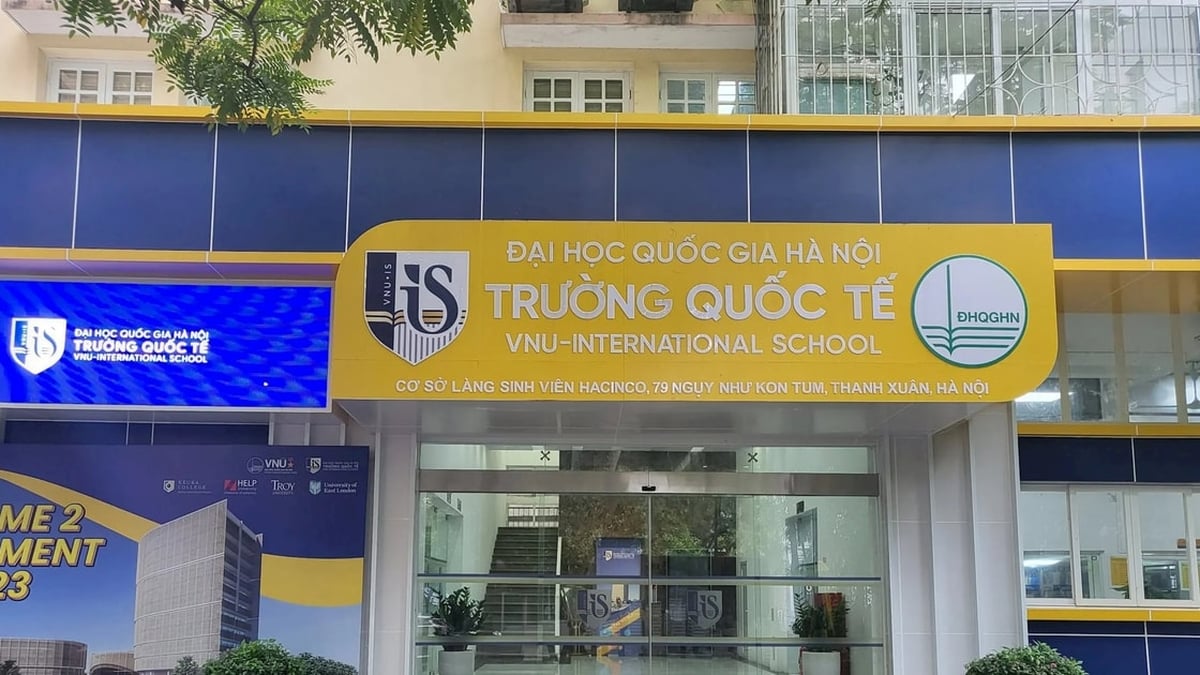
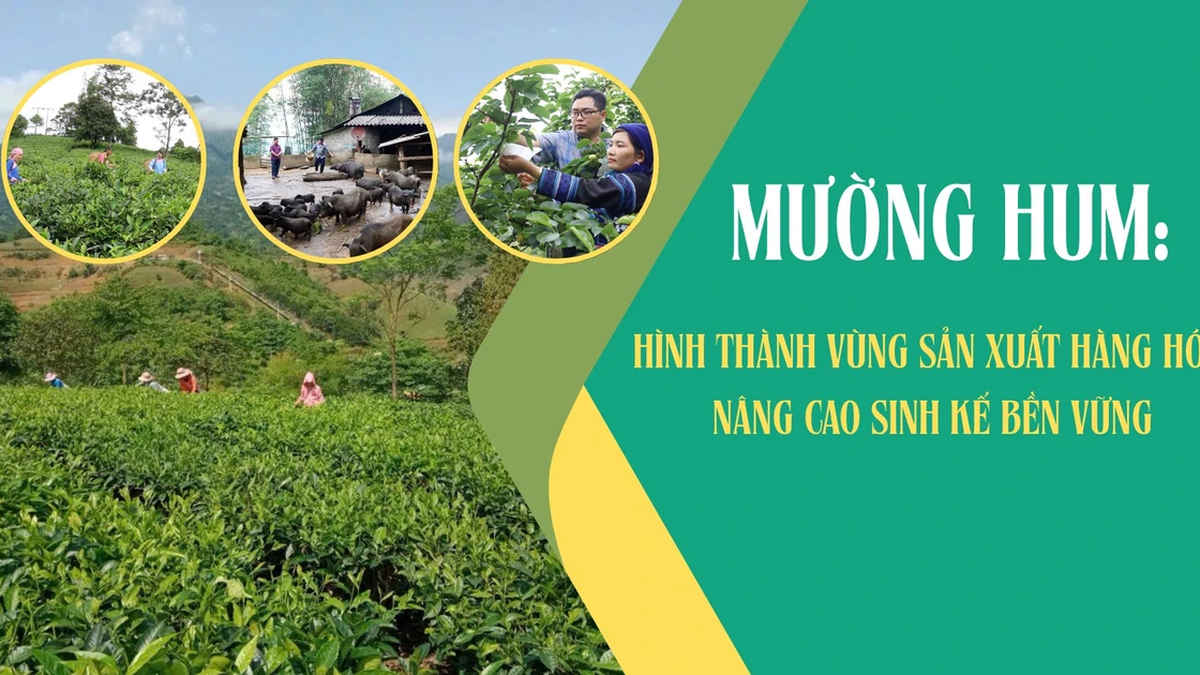
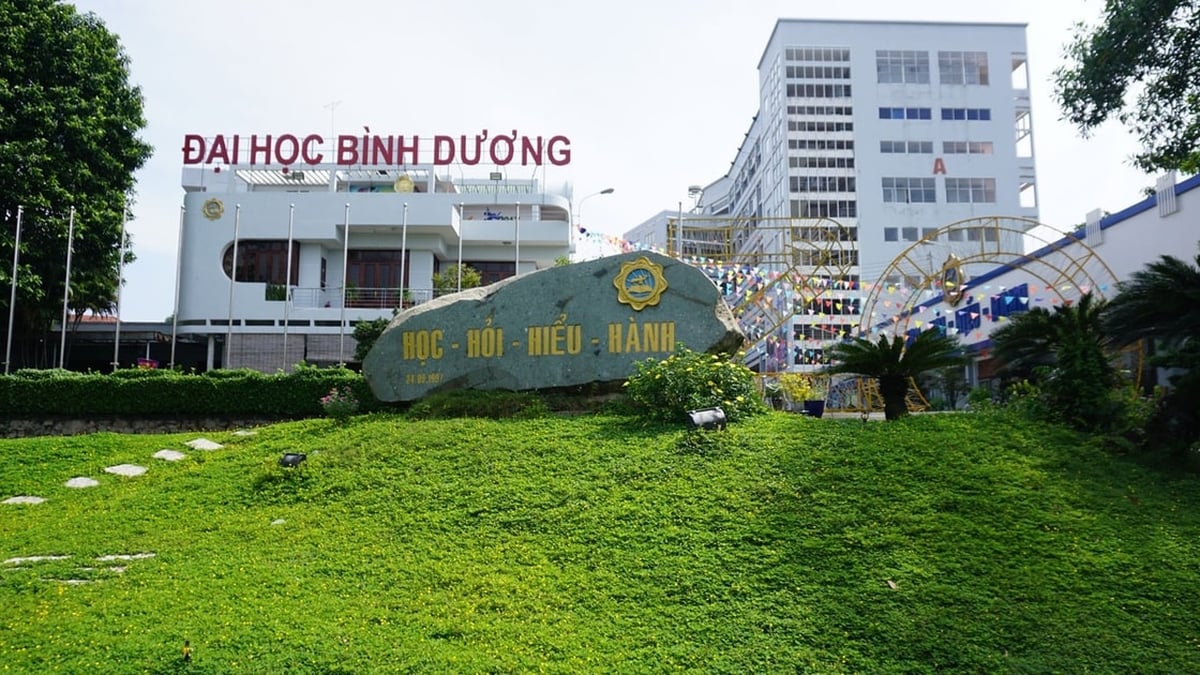
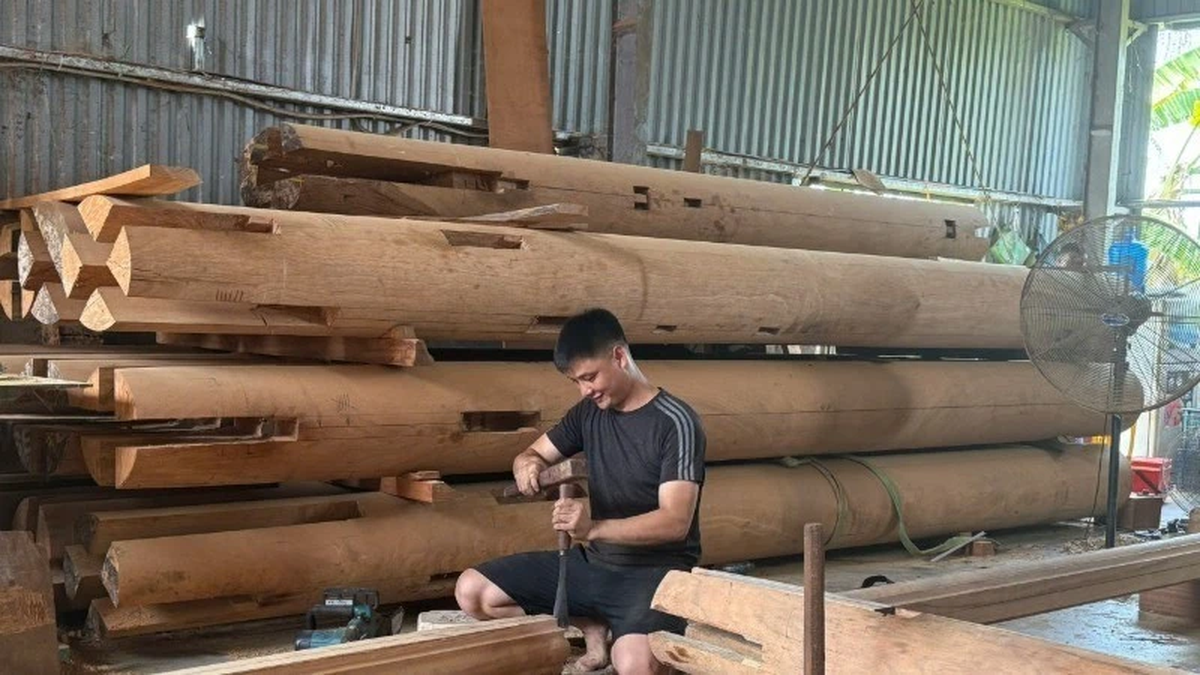












![[Photo] National Assembly Chairman Tran Thanh Man visits Vietnamese Heroic Mother Ta Thi Tran](https://vphoto.vietnam.vn/thumb/1200x675/vietnam/resource/IMAGE/2025/7/20/765c0bd057dd44ad83ab89fe0255b783)













































































Comment (0)